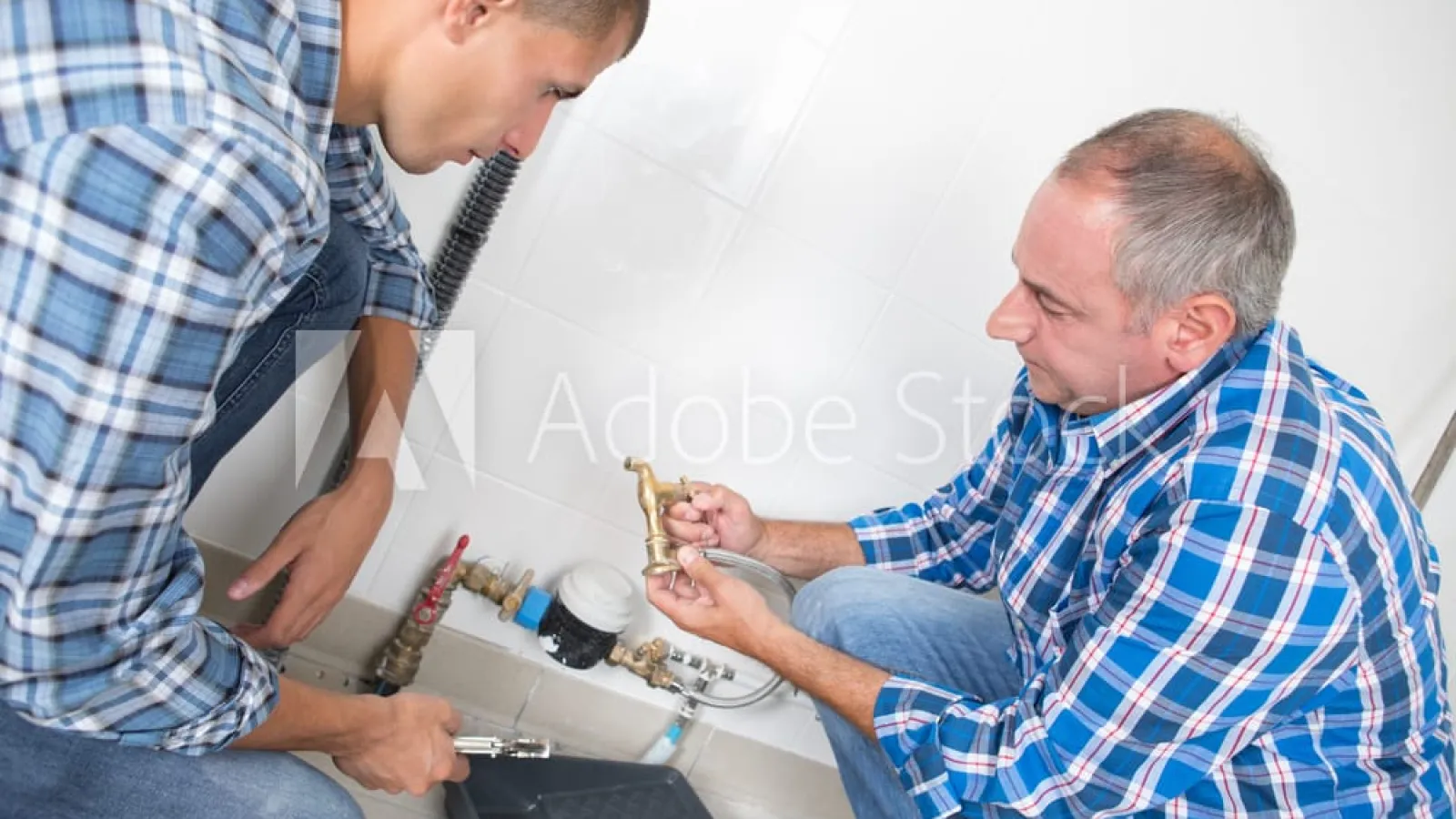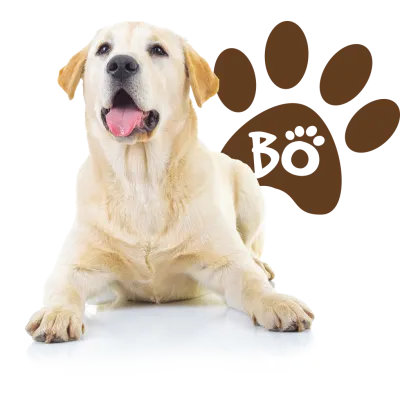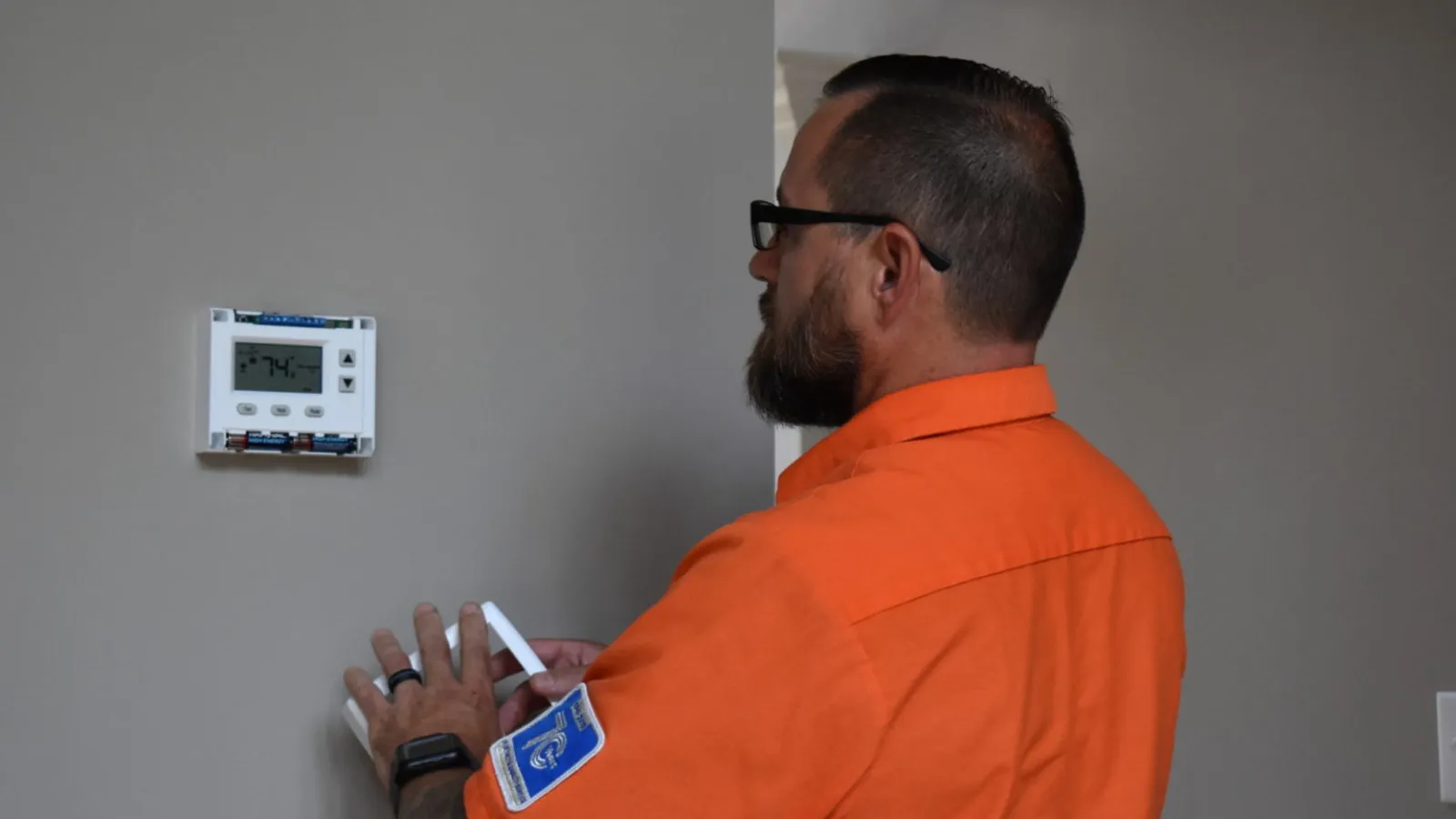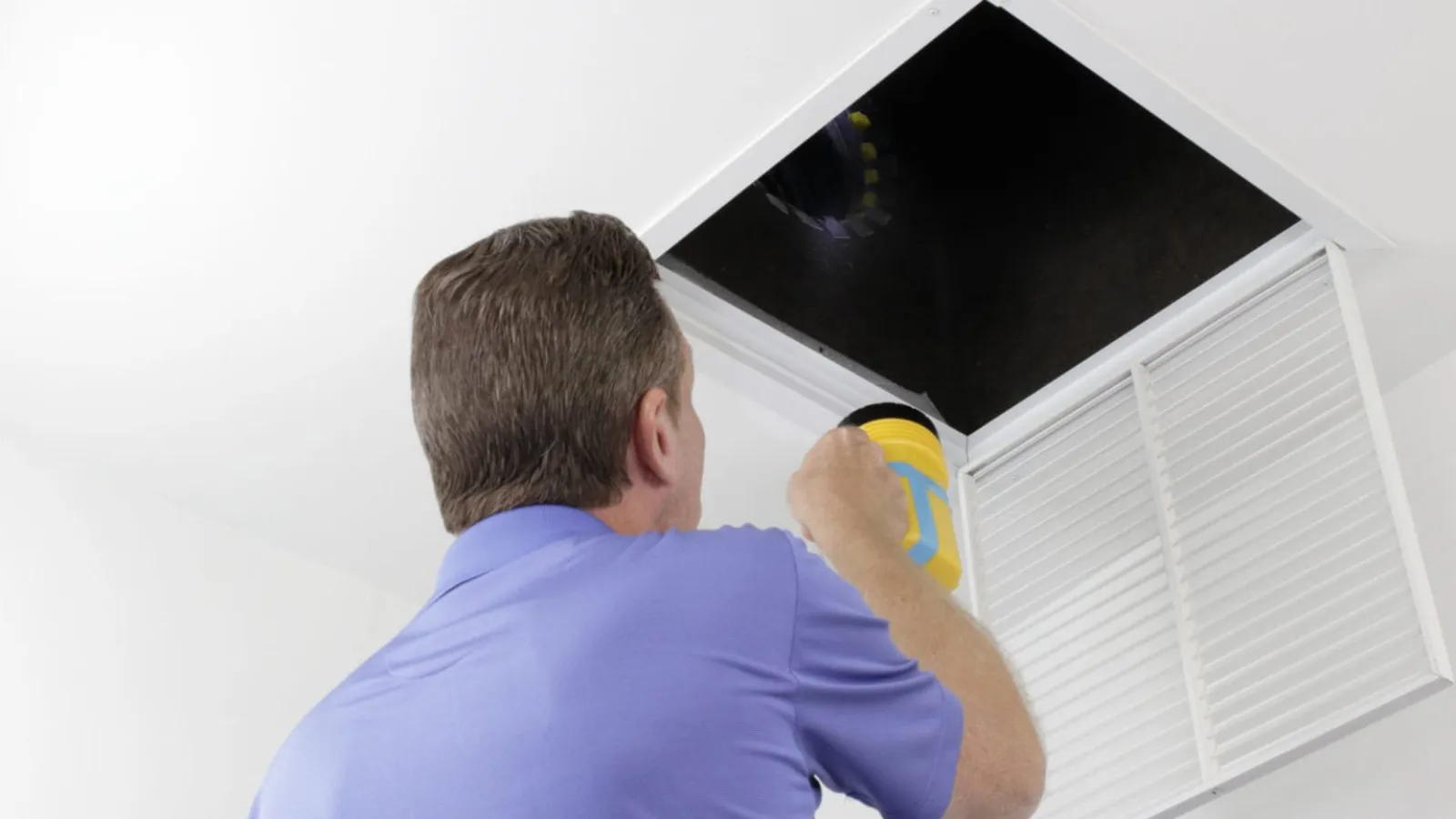Heat pumps offer reliable, economical heating and cooling for homes across our Atlanta, Georgia, service area. Occasionally, system issues may arise, but there’s no need to be intimidated when troubleshooting heat pump problems! Estes Services’ NATE-certified technicians explain common heat pump problems and what to do when you face them.
If your heat pump gives you trouble, check the symptoms with our list below and find the right steps for fixing issues yourself. If professional help is required, don’t hesitate to contact the pros at Estes Services for fast, reliable heat pump repair services.
Heat Pump Doesn’t Turn On
What should you do when your home’s heat pump just doesn’t turn on when you expect it to? Power supply and controls issues are some of the most common system errors that occur, and they’re also quite simple to repair on your own – in most cases.
Try these tips when your heat pump isn’t working:
- Check the power supply to the thermostat and the indoor and outdoor heat pump system components. Start at the breaker box and ensure the circuits for the heat pump and HVAC equipment have not tripped.
- If your thermostat is battery powered, replace old batteries with fresh ones if the thermostat appears dead.
- Check the on/off switch located on or around the heat pump equipment. This switch is either on the indoor and outdoor units or on a nearby wall (for exterior components, the switch may be mounted on the wall next to the spot where refrigerant lines run indoors).
- Verify the thermostat is set properly by simply setting the heat pump to COOL mode in the wintertime. This is an accident that keeps your heat pump from firing up when you expect.
- Call your technician to recalibrate your thermostat for accurate readings.
Heat Pump Ices Over in Winter
Several issues may be the cause of a heat pump that ices over during winter operation, including:
- Malfunction of the system’s defrost cycle
- Poor airflow through the system
- Low refrigerant
- Environmental factors
When heat pump troubleshooting, try the following:
- Clear debris away from the outdoor unit to ensure proper air movement.
- Check overhead gutters and make repairs or reroute the gutters if they spill water onto the heat pump from above.
- If freezing rain or gutter malfunctions cause ice accumulations on the top of the heat pump, use a garden hose to melt away the frozen layer.
- Call your HVAC technician to verify refrigerant levels and examine the system for leaks.
Heat Pump Doesn’t Produce Enough Heat
If the heat pump is not heating, the issue may be:
- An under- or over-sized unit
- Indoor airflow blockage
- Dirty coils
- Thermostat setting errors
If there’s a lack of heat, try these steps:
- Walk around all indoor living areas to ensure vents are opened and unblocked by furniture, carpets,or other items.
- Ensure the furnace filter is clear.
- Check thermostat settings and make sure temperature set points are set appropriately to achieve your desired level of warmth.
Your technician is able to perform coil cleaning to eliminate surface area blockages that restrict the heat exchange process. Unfortunately, the only solution for the wrong sized heat pump is replacement. Have your home’s heating load accurately calculated by a professional before you replace it.
Heat Pump Doesn’t Produce Enough Cooling
When a heat pump doesn’t cool the home enough, the causes can include:
- Incorrectly sized unit
- Indoor airflow blockage
- Low refrigerant levels
- Too much moisture in the unit
- Improper thermostat readings
Attempt the following to fix the issue:
- Inspect vents in indoor living areas – make sure all are open and unblocked.
- Check the HVAC filter to ensure it is clean.
- Check for clogs in the condensate drip pan or drain line that trap moisture in the system – flush the clog or ask your technician to do so.
- Verify the thermostat is accurately set with the proper temperatures to achieve your desired level of cooling.
Only a qualified technician can measure refrigerant charges and recharge your system, if needed. If your thermostat isn’t taking proper temperature readings, a technician also performs recalibration. Turn to a professional for accurate cooling load measurement if you need to replace your unit due to an under- or over-sized unit.
Heat Pump Frequently Cycles On and Off
When a heat pump turns off shortly after it turns on, and repeats this sequence over and over again, this is an issue we call short cycling. Short cycling can be caused by:
- Improper unit size
- Overheating system
- Incorrect thermostat readings
- Refrigerant leaks
Perform the following:
- Dirty air filters block air movement, which causes system overheating. Check the filter to ensure it is clean, and replace if needed.
You need your technician to verify refrigerant charges are correct. If the thermostat does not take accurate room temperature readings, your technician is also able to recalibrate it for you. When short cycling is caused by an improperly sized unit, have your technician perform proper load calculations to determine the correct size unit needed prior to an upgrade project.
Heat Pump Makes a Rattling Noise
Rattling noises from a heat pump are often caused by loose components. When troubleshooting rattling noises, check the following:
- Check access panels to interior and exterior equipment – make sure they are secure.
- Tighten any loose screws on the unit’s exterior.
- Have your technician inspect within your equipment for other loose components.
Heat Pump Blows Cold Air in Winter
When your heat pump produces cold air in the winter, this may be due to:
- Defrost mode
- Outdoor temperatures below freezing
- Faulty reversing valve
When heat pump issues cause cool air in the winter, try these steps:
- Check the exterior unit for ice or frost, as this may be why the defrost cycle is running.
- If temperatures are below freezing, use your backup heating system, as heat pumps cannot operate efficiently in these conditions.
A faulty reversing valve prevents the heat pump from switching to heat mode from cooling mode, so the system continues to produce cool air – your technician is able to replace this component for you.
Call Estes Services for Heat Pump Repairs
When heat pump troubleshooting doesn’t produce results, don’t wait to call in the pros! Contact Estes Services to schedule an appointment today.



